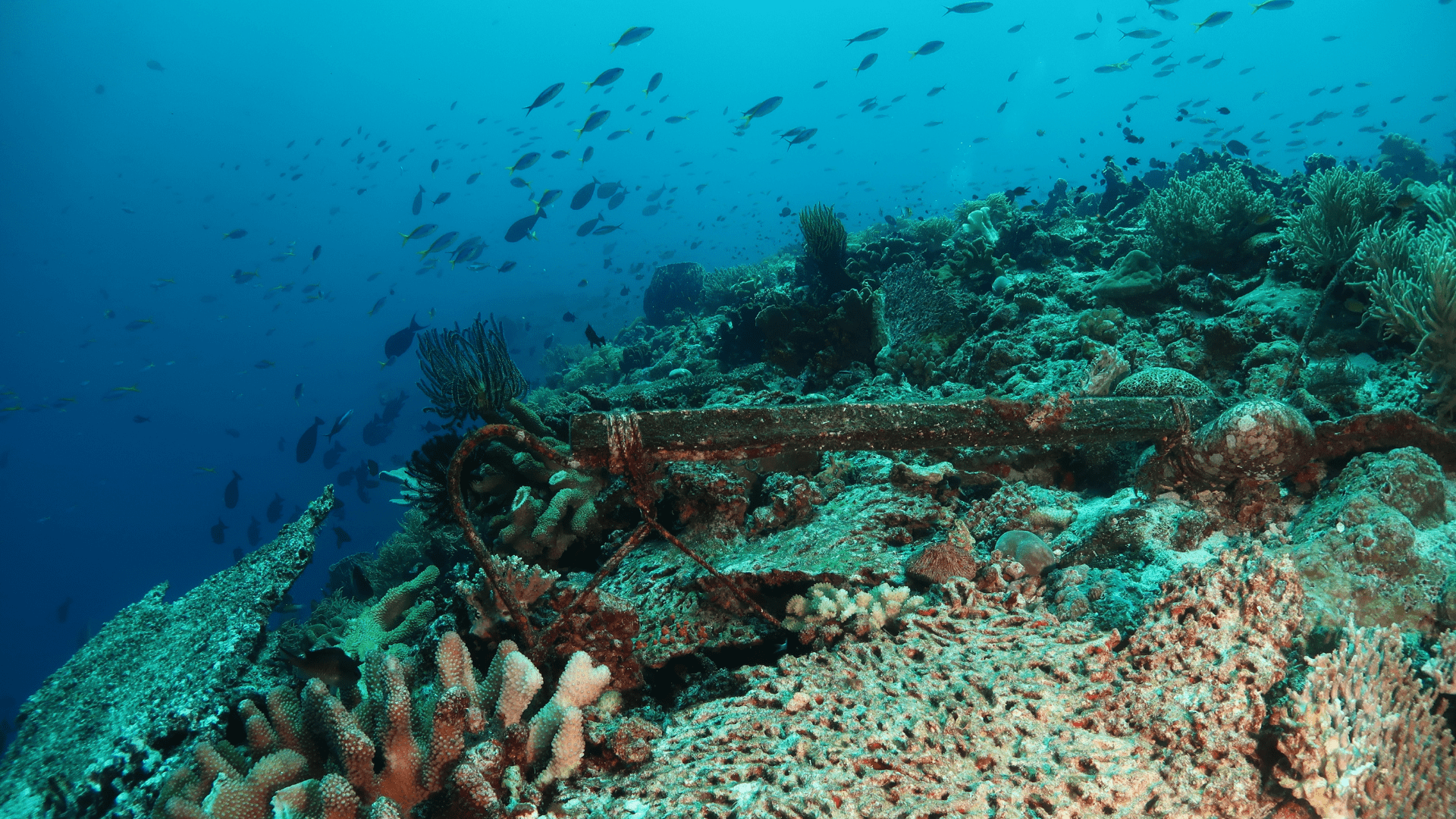The idea of living on the water is nothing new. Houseboats, beachfront properties, and homes on stilts- some form or another of waterfront living has been part of society since the earliest structures. It makes sense…you’ve got easy access to water for cleaning, cooking, bathing, and drinking. That’s not even considering the gorgeous views and ease of travel. But the WaterNest 100 by Giancarlo Zema is the epitome of true “living on the water.”
Designed by Zema for the EcoFloLife Team in London, England, the WaterNest 100 is a 100 square meter (1076.39 square feet) residential unit that can be configured to suit your needs. The house contains two balconies on either side and large windows throughout to allow for stunning views of the water. There are also skylights in the bathroom and kitchen.

What is truly revolutionary about the WaterNest, though, is the materials that go into it. Each house is constructed with recycled laminated lumber and the framework is a recycled aluminum hull. There’s a built-in AC, as well, that runs both on traditional cooling methods and “internal natural micro-ventilation,” as the website puts it. This, combined with the “amorphous photovoltaic panels” (in informal language, solar panels) that can generate heat, means the house is considered a low-consumption residential habitat. And it doesn’t just have to be residential- potential layouts allow it to function as a shop, bar or restaurant, office, or even exhibition space.
The furnishings for the WaterNest are provided by EcoFloLife and are also made recycled and recyclable materials and boast a contemporary design. All the furniture is made with soothing shapes and soft colors in mind, and if it doesn’t suit your style, it’s easy enough to replace with your own furniture (provided it is light enough to not sink the whole house). The same goes for the other layouts, both in supplied furnishings and customization.
In an interview, Zema said he was inspired “from observing the water nests of water birds about the globe in which they can reside and increase their young children in comprehensive harmony with nature.” His company shares this belief, saying “[t]he world around us is becoming increasingly chaotic and conformist, requiring fully eco-friendly and recyclable housing units which allow us to live in complete independence and in harmony with nature while respecting and admiring it. The ongoing climate changes and the resulting se- and river-level rises force us to ponder on the eco-sustainability of our housing choices.”

Should you choose to live in a WaterNest house, however, there are a few things to mull over before taking the plunge. The first is cost. While the price tag does include the aforementioned furniture from EcoFloLife, it’s still a hefty $540,000. And while you don’t need a boating license (an improvement over houseboats), you still need permission to build from local maritime authorities, at least if you’re building on inland waters. That’s not even considering what the local zoning board might think, especially if it means you don’t have to pay property taxes. Lastly, all water-based craft do eventually need repairs and maintenance on the hull, and it’s not clear how costly this would be to the homeowner.
Nevertheless, the WaterNest is the first step in both more ecological living and preparing for what may be the death of land-based living.
There’s no need to jump ship from suburbia just yet, but it’s important to remember that nature always finds a way. But humans can fight back, adapt, and even thrive under such pressure. The WaterNest is proof of such adaptability, by blending comfort and style with resilience and sustainability.
(Still doesn’t explain how you’ll get your mail, though.)

Influence the future and follow our World of Innovation on Instagram.




